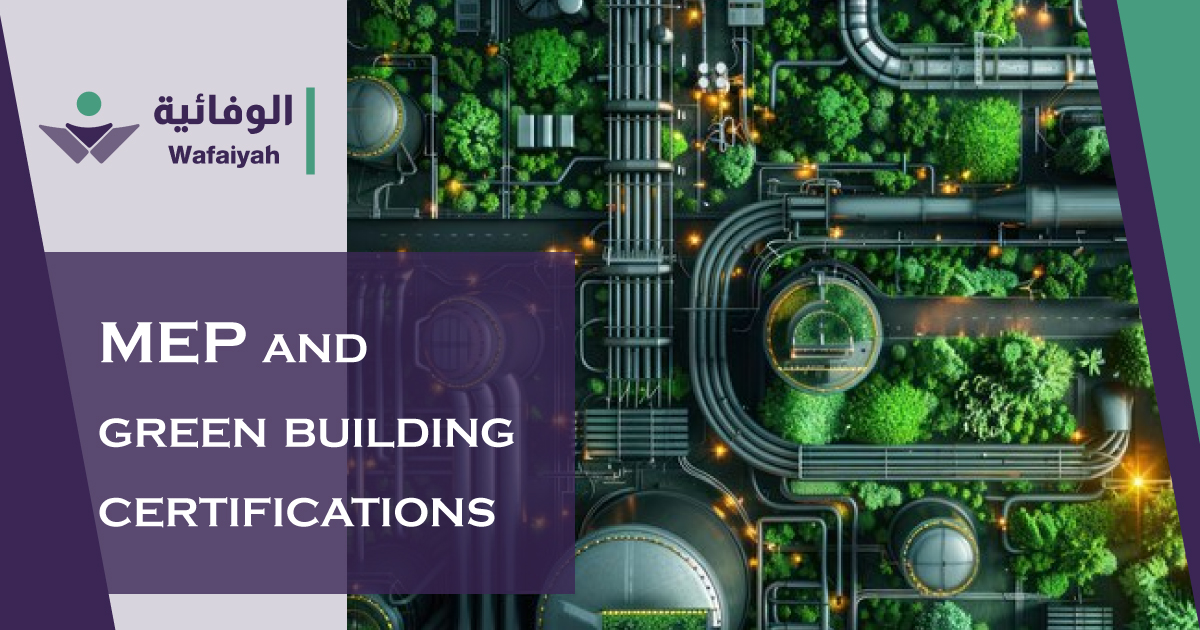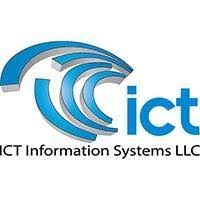The construction industry has been evolving ever since its inception. The world has seen major trends in the last couple of years in MEP and other parts of construction majorly in the Gulf regions. MEP is an integral part of building performance under peak usages and extreme conditions whilst maintaining functionality and durability in the longer run.
Employing new trends and techniques has shown major outcomes in energy conservation and a sustainable environment. MEP (Mechanical, Electrical, and Plumbing) work has seen groundbreaking advancements with the addition of BIM (Building Information Modeling) into their daily workflows with an adequate option of documenting workflow under one platform. With major advancements in technology, IoT (Internet of Things) and smart sensors have come into being to provide services, connecting buildings remotely. This has helped monitor the overall performance of the building and enabled us to foresee any unpredicted risk.
The current era of construction has shown that it is high time now to incorporate green and environment-friendly methods in small-scale to large-scale construction. Optimizing the usage of natural resources and employing reusable resources in the construction industry has always been favored in the Gulf construction industry.
What is MEP Management?
Saudi Arabia has seen significant growth over the past decades in immigrants coming over for jobs and business prospects. With this increase, proper management and resource planning is crucial for the smooth and steady functionality of MEP (Mechanical, Electrical, and Plumbing). It covers the challenges involved in managing MEP systems in Saudi Arabian construction projects, including the need for interdisciplinary management, the complication of design and installation, the lack of skilled manpower, and the impact of environmental and governing factors. It aids in outcomes such as improved project performance, enhanced energy efficiency, reduced functioning costs, increased inhabitant satisfaction, and most importantly compliance with local guidelines and standards.
Adaptability towards BIM (Building Information Modeling)
In the last couple of years and many more years to come, the usability of BIM has increased and is encouraged worldwide in the construction industry. MEP (Mechanical, Electrical, and Plumbing) works have always been a crucial step in the successful completion of the building life cycle. Continuously monitoring the phases of building life cycles and never-ending documentation and reports of building history have converged under one cloud with the procedure of BIM. Visualizing, drafting, and modeling the MEP parts in any building is now a one-stop platform. Companies based in Saudi Arabia and many Western regions have made sure to implement BIM into their daily construction workstations.
BIM has a huge role in streamlining energy-efficient solutions and trends in their design. BIM has a dedicated features pack for multiple purposes. BIM has made it very easy to implement complex solutions that are ultimately going to benefit consulting companies as well as HVAC engineers. The benefits of Building Information Modeling are not limited to design, conflict resolution, and error reduction. The last and perhaps most important benefit of BIM are to provide long-term savings by ensuring a quality project. BIM brings powerful capabilities to HVAC contractors. By leveraging BIM, duct fabricators and mechanical contractors can experience significant improvements in schedules and costs, as well as greater system efficiency. BIM can help with higher-quality fabrication, lower errors, and lower conflicts across the board. The benefits of Building Information Modeling lead to a competitive advantage at every level.
Retrofitting And Up gradation
Existing buildings with their traditional MEP (Mechanical, Electrical, and Plumbing) designs under the roof require instant upgrades towards energy-efficient methods to cater to the latest needs of a building. As discussed earlier, technology and BIM involvement have made retrofitting and upgrading structures visually possible. It is of prime importance to shift old and existing buildings into energy-efficient and overall cost-saving spaces to profit in the longer run.
Health And Well-Being
Improvisation in HVAC systems and designing and opting latest trends in MEP (Mechanical, Electrical, and Plumbing) systems have managed to promote the overall health and well-being of occupants. Demand-controlled ventilation high-efficiency air filters, and thermal comforters are top picks in the latest MEP health-regarded designs.
Green Building Councils and Certifications
Green Building Councils, which are members of the World Green Building Council (WorldGBC) global network, develop and administer many of the world’s building certifications. By 2021, 4.2 billion square meters of green building space had been certified around the world through member Green Building Councils. WorldGBC recognizes the power that building certifications have had in transforming the sustainability of building practices and firmly supports their use.
LEED
LEED (Leadership in Energy and Environmental Design) is the world’s most widely used green building rating system. LEED certification provides a framework for healthy, highly efficient, and cost-saving green buildings, which offer environmental, social, and governance benefits. LEED certification is a globally recognized symbol of sustainability achievement, and it is backed by an entire industry of committed organizations and individuals paving the way for market transformation.
Green Building Council
It is an independent not-for-profit organization founded in 2009 by leading professionals and companies in the building industry in Indonesia. Our main mission is to transform market and industry players to be more responsible and sustainable. We have four main programs namely Rating Development, Training and Education, Green Building Certification, and Stakeholder Engagement.
BEAM Plus
BEAM Plus New Buildings covers the demolition, planning, design, construction, and commissioning of a new building project. It can also be applied to major renovations, alterations, and additions. Adopting an affordable range of best practices, it seeks to reduce the environmental impacts of a new building while also improving environmental quality and user satisfaction.
Conclusion
In all its essence, the MEP (Mechanical, Electrical, and Plumbing) industry is going through an abrupt advancement with the latest trends and designs covering vast aspects of economic, environmental, and social factors. Saudi Arabia offers the most profitable and sustainable solutions in the construction industry. The future of the construction industry in Saudi Arabia is going to rely heavily on sustainable and green engineering professionals coming together to shape the envisioned MEP (Mechanical, Electrical, and Plumbing) designs and trends.





